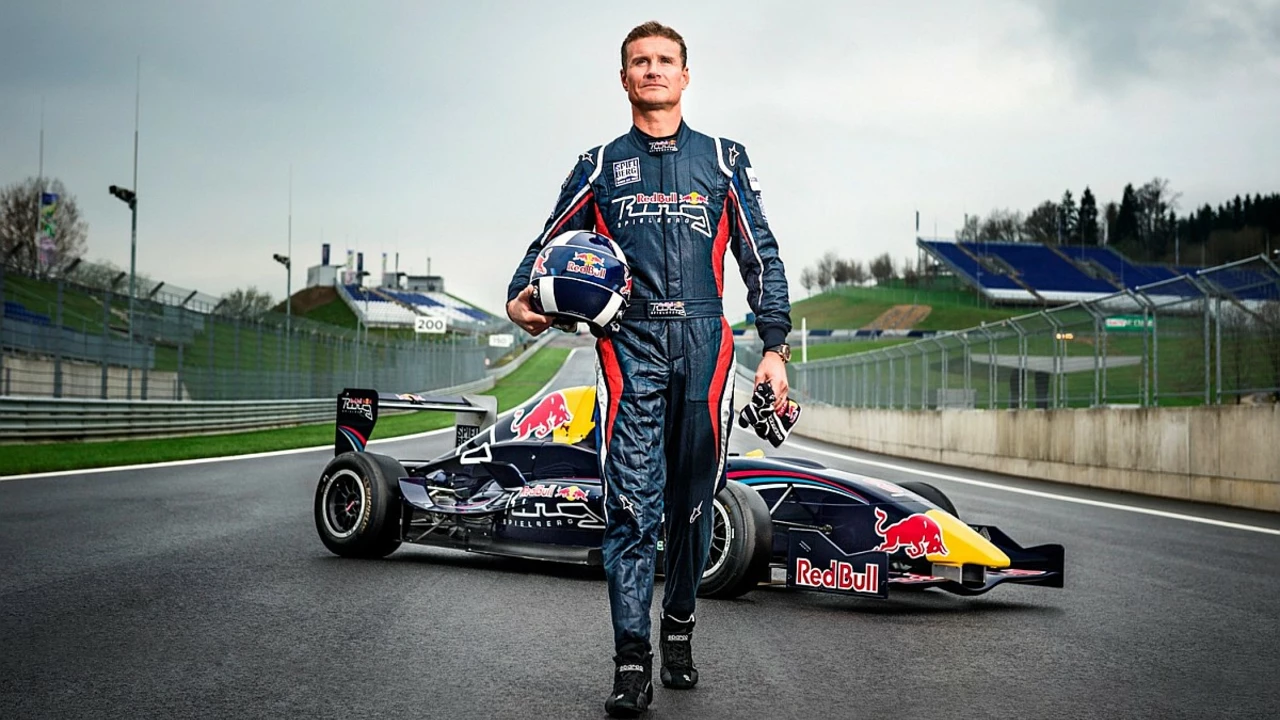Motorsport – Fast‑Lane News & Insights
Welcome to the place where you can get the latest buzz on everything that makes wheels spin. Whether you're a casual fan or a gearhead, you’ll find short, clear takes on the biggest talks in racing right here.
Ever wondered why a giant like BMW isn’t in Formula 1? The answer isn’t just money – it’s a mix of brand focus and where they think they get the best return. BMW prefers series like DTM and Formula E, where they can showcase electric tech and still keep the brand on track with its core customers.
Why Some Brands Skip F1
F1 demands huge budgets for car development, staff, and global travel. For a company whose main business is selling road cars, spending billions on a single sport can feel like a gamble. BMW’s strategy shows that a brand can stay relevant in motorsport without the huge F1 price tag.
That same cost‑vs‑benefit thinking shows up in rally racing. The sport is thrilling, but the danger level is high. Rough terrain, changing weather, and split‑second decisions put drivers at real risk. Safety advances like roll cages and better helmets have helped, yet accidents still happen when you push a car to the limit on a slippery mountain pass.
Rally Racing Risks & Safety
If you love the drama of a car sliding through a forest road, remember that every corner hides a potential crash. Drivers need razor‑sharp focus and a solid co‑driver teamwork. Teams now spend weeks testing safety gear, but even the best prep can’t erase the inherent hazards.
NASCAR fans often talk about “rubbing” – the inevitable contact between cars at high speed. It adds excitement, but too much can turn a race into a safety issue. Drivers and teams balance aggression with caution to keep the show alive without putting anyone in danger.
IndyCar also brings its own legends. Look at Dario Franchitti, the non‑American driver who racked up four IndyCar titles and three Indy 500 wins. His record shows how skill, consistency, and a bit of luck can place a driver at the top of the sport’s history books.
Beyond the track, auto racing fuels new jobs and technology. Think of the safety features in everyday cars that started in race garages. The sport pushes engineers to build lighter, stronger, and faster machines, and those breakthroughs eventually hit the road you drive.
All that said, the world of motorsport is constantly shifting. Transfer rumors like Carlos Baleba’s sell‑on clause affecting a move to Manchester United remind us that money and contracts shape the game just as much as raw speed. Keep an eye on these stories, because they often hint at the next big shift on and off the track.
So whether you’re curious about why BMW stays out of F1, the danger of rally racing, or which IndyCar driver tops the non‑American list, you’ve got the quick facts you need right here. Stay tuned, stay fast, and keep the passion for motorsport alive.
Motorsport Opinion

I'm a huge motorsport fan. Are race drivers athletes?
As a passionate motorsport enthusiast, I've often pondered whether race drivers can be classified as athletes. This question arises from the intense physical and mental conditioning that drivers undergo to withstand high-speed racing. They must possess quick reflexes, sharp focus and endurance, similar to traditional athletes. Despite the sport's mechanized nature, the human component is fundamental to performance. Therefore, considering the skill and conditioning required, I believe race drivers should indeed be acknowledged as athletes.